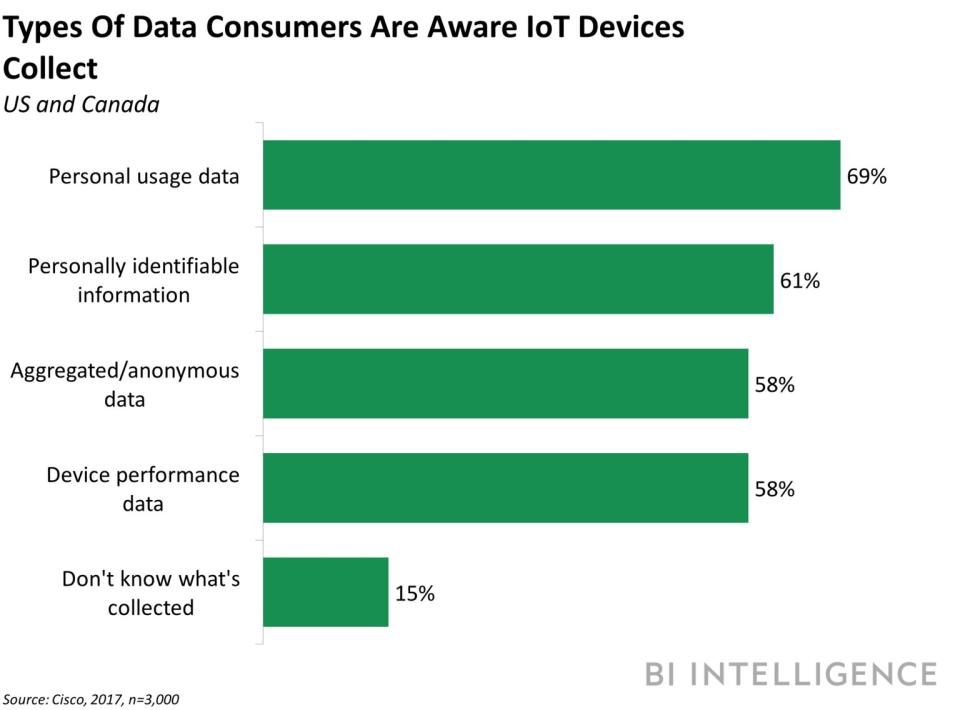Microsoft is set to pour $5 billion into the IoT (MSFT)

BI Intelligence
This story was delivered to Business Insider Intelligence IoT Briefing subscribers hours before it appeared on Business Insider. To be the first to know, please click here.
Microsoft revealed last week that it plans to spend $5 billion over the next four years to develop new products and services for the IoT.
With this initiative, the company will develop products and services for three areas: IoT operating systems, cloud storage platforms, and AI-based analytics tools to derive insights from data collected by IoT devices. This effort is likely a supporting strategy that’s part of the new restructuring that Microsoft also unveiled.
There are two strategic offerings that Microsoft could pursue through the new investment:
More advanced edge computing solutions. At the firm's Build developer conference last year, it stressedits ability to provide edge-based computing solutions as a supplement to its Azure public cloud business.AWS has added a host of machine learning capabilities to its edge-based computing solutions over the last few months, and Microsoft likely doesn’t want to be left in the dust by a major rival. As more companies begin to deploy IoT devices in remote settings where network latency limits data analytics and storage, Microsoft has an opportunity to grab a share of the 5.6 billion IoT devices that Business Insider Intelligence predicts will be connected to an edge-based solution in 2023.
Mixed reality-based solutions to help support companies' IoT projects. While not available to consumers, Microsoft Hololens MR headset is available for businesses around the globe. For example, the company recently partnered with a Japanese maritime systems provider to test the headsets for training and maintenance work. The company could look to develop new offerings that integrate IoT sensor data with these headsets, allowing companies to, for instance, pull up a machine's maintenance records while wearing the Hololens.
Microsoft likely hopes that new products and services — potentially at a reduced cost — will help it stay ahead of the increasingly fierce competition in the IoT platforms space. Microsoft was a very early entrant into the IoT platforms space when it launchedAzure IoT back in the spring of 2015, but since then, Amazon, IBM, Cisco, SAP, a slew of startups, and most recently Google have entered the $200 billion market.
Leveraging their public cloud businesses, these companies have been steadily adding more advanced analytics features to their product lineups. Notably, Amazon gave AWS IoT a series of major upgrades last fall, while Google continues to add features to its IoT Core technology stack through acquisitions and partnerships.
Even before the announcement of this investment, Microsoft had one of the most extensive IoT product and service lineups available — the company offers stream analytics, managed services, edge computing solutions, a hub, and several Windows OS variants all designed to help support companies' IoT ecosystems — and it's likely razor focused on maintaining its position. Moreover, Amazon slashed some of AWS IoT's pricing 20-40% last fall, a move that could trigger Microsoft to make similar price reductions to stay on par with arguably its chief competitor in the enterprise IoT.
See Also:

 Yahoo Finance
Yahoo Finance 
